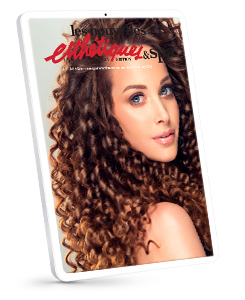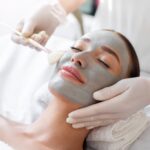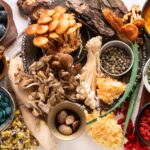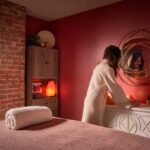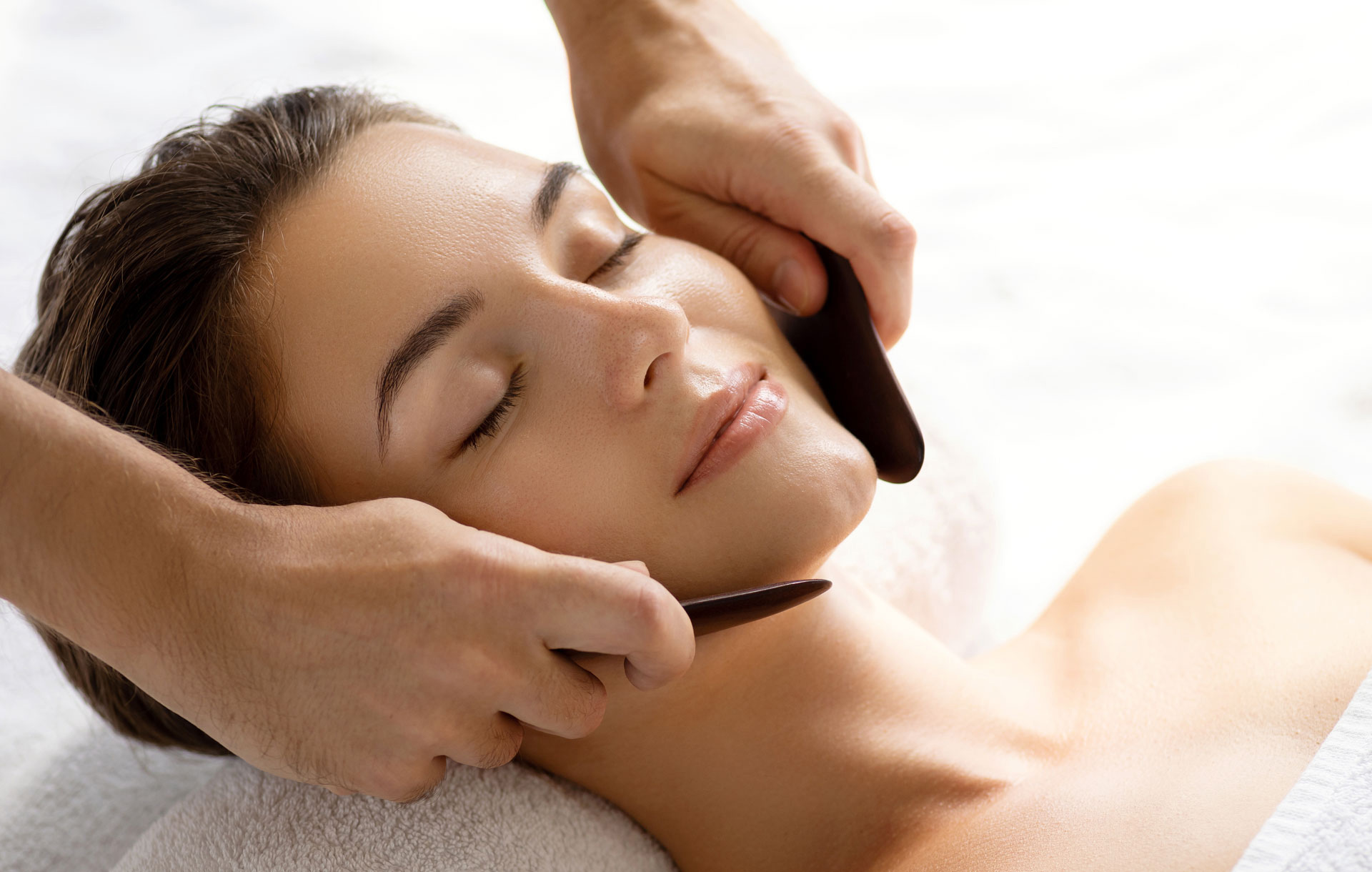
Understanding ancient healing practices in today’s modern spa
We live in a modern world that seems to fast forward through time. Days come, and they go, and not many people out there have the time to stop, breathe, and just be. When clients come to you to enjoy a spa day, they want an escape from all that is modern and a chance to hit the pause button. Looking back at ancient civilizations, their lack of modern medicines and technologies meant they had to find other ways to heal, using ancient methods of aromatherapy, bathing, and massages.
To give your clients that ultimate escape, why not transport them back in time? Evidence shows that many rituals of ancient peoples healed ailments like tense muscles and mild illnesses and helped keep queens, goddesses, and princesses young and ageless. While many spa rituals have been adapted over time, understanding the tradition of these rituals and sharing them with your clients will allow them to reap the benefits and make them feel like royalty in your modern-day spa.
The Beginning of Ancient Healing Rituals
Hippocrates, a Greek physician around the 4th century BCE, believed that the body and mind are one-acting harmoniously in healing. When the mind and body were out of sync, the belief was that disease would take over, giving birth to healing rituals. Different civilizations practiced different rituals, evolving when they fused together thanks to trade routes along the silk roads. What resulted was a whole new way of caring for the body, including hygiene and beauty as practices evolved. While healing rituals are abundant throughout history, three have kept nomadic throughout the passage of time, perfect for modern-day salons and spas.
Ancient Aromatherapy Rituals
The practice of extracting oils from aromatic plants dates back to the earliest civilizations. The Egyptians used concentrated oils in mummification rituals, and the Chinese and Greeks deemed essential oils a critical part of their healing practices. As civilizations mingled, the process of extracting oils improved, and their use expanded into beauty and hygiene. Romans would use them in baths and for their fragrance to leave behind a lingering sweet smell and later even began to burn the oils in their homes.
Today, aromatherapy is still used for its fragrant properties and also for healing. Essential oils like lavender are known to melt away stress and promote a good night’s sleep. Chamomile is a proven antidepressant and boosts mood and positivity when inhaled or rubbed on the skin. Eucalyptus relieves tension in the body, loosening up tight muscles around the neck and temples for instant migraine relief.
Healing Tip: Because of the diversity of oils and the variety of benefits, offer your clients different sessions for their needs. Stress relief, help with depression, decreased tension, or just a wake-up call for the brain are all possible with aromatherapy. Add it to any massage, hair service, or even mani-pedis for an instant ancient healing treat.
“When the mind and body were out of sync, the belief was that disease would take over, giving birth to healing rituals.”
[ihc-hide-content ihc_mb_type=”show” ihc_mb_who=”2,4,5,6,7″ ihc_mb_template=”3″ ]
Bath Rituals: From Beauty to Hygiene
Baths are soothing and not something that everyone has time for. They are the perfect companion after a long, stress-filled day, allowing a few moments of silence and bliss. Ancient peoples knew the powers of the bath, using mixtures of ancient healing liquids to keep their skin moist, beautiful, and glowing.
Among the most popular bath rituals are:
- Cleopatra’s milk and honey bath is thought to gently exfoliate skin and prevent signs of aging.
- Russian’s sweat rituals in banyas with eucalyptus brushing.
- Ryokans, where the Japanese would slather mud over the body to improve circulation and release muscle tension.
Healing Tip: Any one of these ancient practices is an automatic positive move for your spa packages. They are relaxing and will give your clients those few moments of Zen they’re looking for when they come for a spa day. Offer it as an addition to any package for an instant boost to your satisfied clients.
Finding Universal Balance with Massages
Ancient healers in India believed that illness sprouted when individuals fell out of tune with the universe. Because of this belief, healers would massage the ill to restore both natural and physical balance, allowing them to heal. Healers in China practiced similar techniques, though they incorporated skills like yoga and martial arts that evolved the practice immensely.
The Greeks used massage for a different kind of healing, using it to condition athletes before competitions. When the Romans caught wind of the power of massage, they too began to benefit from its healing powers, adding essential oils that would relax muscles and create a soothing environment from sweet healing fumes.
Healing Tip: The powers of massage are still evident today, though not every spa incorporates ancient methods or practices. To set yourself out from the crowd, try taking some advice from ancient peoples in creating a soothing and healing massage ritual. Learning a technique or hiring specialists of an ancient massage, you can bring the powers of healing to your clients, helping them with their ailments and helping them live a better and healthier life.
Help your Clients Hit Pause
Ancient healing practices have made their way into modern-day life. The chance to get back to basics and simplify life is what many of your clients are after, especially in today’s fast-paced world. To give them a piece of tranquility, add some ancient practices into your packages and services. Your clients will leave relaxed and aware, feeling like they have a sanctuary to disconnect and just be.
[/ihc-hide-content]


